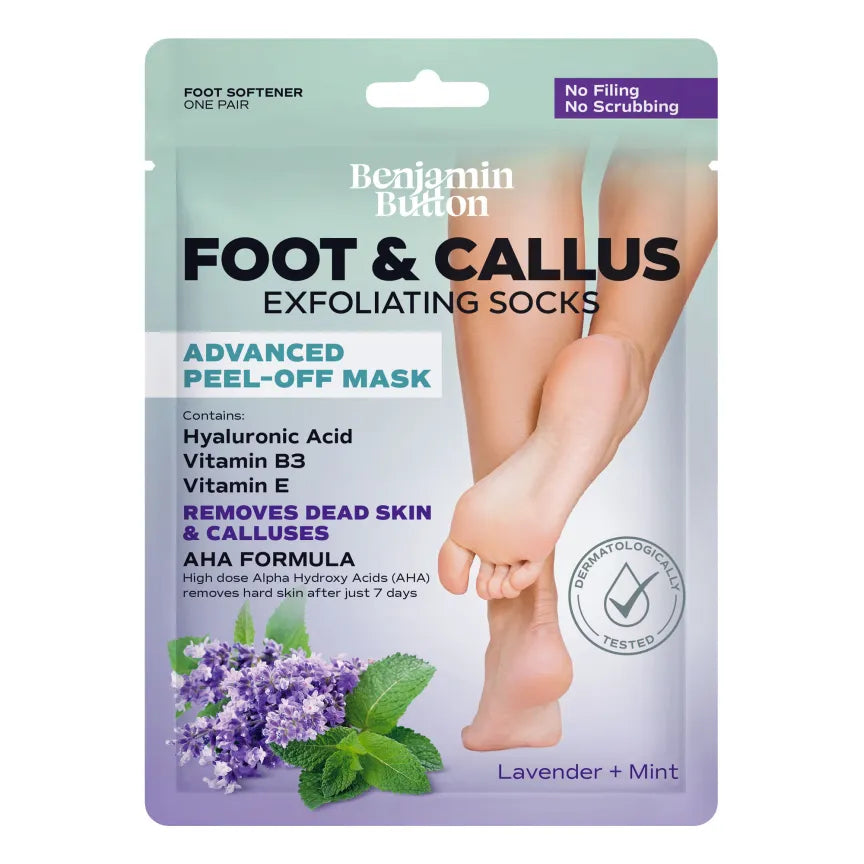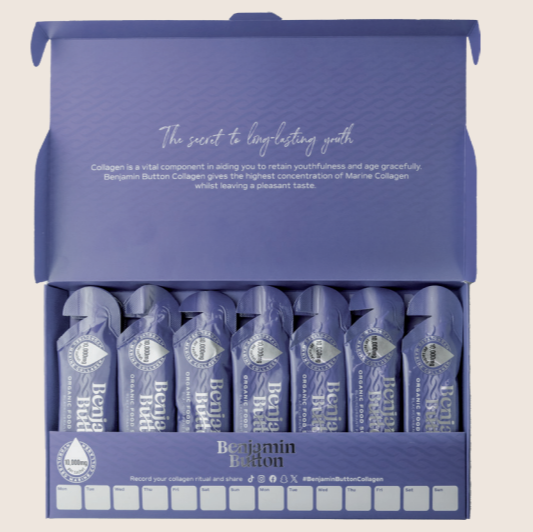Running Vest Culture: Gear Snobbery and Inclusivity Explored
In the realm of running, the accessories and gear often reflect deeper socio-cultural attitudes towards fitness. The running vest has gained immense popularity over the years, embodying a unique blend of functionality and style, yet it is also enveloped in a culture that can sometimes appear elitist. This article delves into the evolving landscape of running vest culture, exploring the nuances of gear snobbery and highlighting the paths towards inclusivity.The Rise of the Running Vest
The running vest has transcended its utilitarian roots to become a staple for many runners. Originally designed for warmth and comfort, these vests have evolved into highly engineered pieces of clothing that provide support, breathability, and style. As this gear became more specialised, the culture around it shifted:- Brand loyalty strengthened—runners often seek out specific brands known for their quality and performance.
- Style preferences emerged, leading to a plethora of designs that appeal to different aesthetics.
- Competitions and events began to see an influx of sponsorship deals tied to specific apparel brands.
Gear Snobbery: A Barrier to Entry
Gear snobbery refers to a situation where runners judge each other based on the brand or style of their gear rather than their running ability or passion for the sport. This can create an unwelcoming environment for newcomers or those who may not have the financial means to invest in high-end gear. Key aspects of gear snobbery include:- The belief that only certain brands are "worthy" of being worn during runs.
- Judgments placed on runners for their inability to buy the latest technology or trends.
- The tendency to overlook the ethos of running, which is centred on community and personal growth.
Shifting the Culture Towards Inclusivity
In contrast to exclusive running cultures, many movements and brands are advocating for inclusivity in the running vest scene. These efforts aim to dismantle the existing perceptions surrounding gear and focus more on the shared love of running. Here’s how inclusivity is being fostered:Community Engagement and Support
Running clubs and organisations are increasingly dedicated to creating more welcoming spaces for runners of all backgrounds. This includes:- Organising group runs that welcome runners of varied abilities and experiences.
- Providing access to gear through community lending libraries, where runners can borrow vests and other equipment.
- Hosting workshops that focus on education about gear without the snobbery.
Emphasising Accessibility
For many runners, owning multiple vests or high-end gear is simply not financially feasible. Inclusive practices are vital here:- Creating budget-friendly options for running vests that do not sacrifice quality.
- Collaborating with local businesses for sponsorship, allowing brands to provide discounted or free gear to those in need.
- Emphasising second-hand and upcycled gear, fostering an eco-friendly attitude.
The Role of Social Media in Shaping Perceptions
Social media platforms play a dual role in the conversation surrounding running vests. On one hand, they can perpetuate gear snobbery through influencer marketing that typically showcases only premium brands. On the other hand, they provide a platform for voices advocating for inclusivity:Positive Influences
Many runners and groups utilise social media to spread messages that focus on positivity:- Hosting challenges that encourage participation regardless of gear brand.
- Sharing personal stories that highlight the significance of community over competition.
- Encouraging runners to post images wearing their preferred gear without fear of judgement.
Adapting Industry Practices
Brands are beginning to take note of the importance of inclusivity and community engagement within running culture. Here are some notable trends:- Collaboration with non-profit organisations focused on promoting running in underrepresented communities.
- Investing in marketing campaigns that highlight diverse runners and styles.
- Creating campaigns that address accessibility in both gear and running community events.
Conclusion: Embracing Change in Running Vest Culture
The evolution of running vest culture reflects wider societal attitudes towards fitness, gear, and community. While gear snobbery remains a barrier for many, the push for inclusivity within the sport highlights a growing awareness of the need for welcoming spaces. The running vest can serve as a symbol of unity, a reminder that regardless of brand or style, the essence of running is truly about embracing one another in the pursuit of health and happiness. The path towards inclusivity is paved with the understanding that every runner matters, and each journey is valid, regardless of the vest they choose to wear. Thus, it is essential for all runners to create environments that welcome everyone, where passion takes precedence over perception.By fostering these changes in running culture, we can ensure a brighter future for all runners—one that embraces diversity and prioritises community, leaving the narrowing focus of gear snobbery in the past.






















